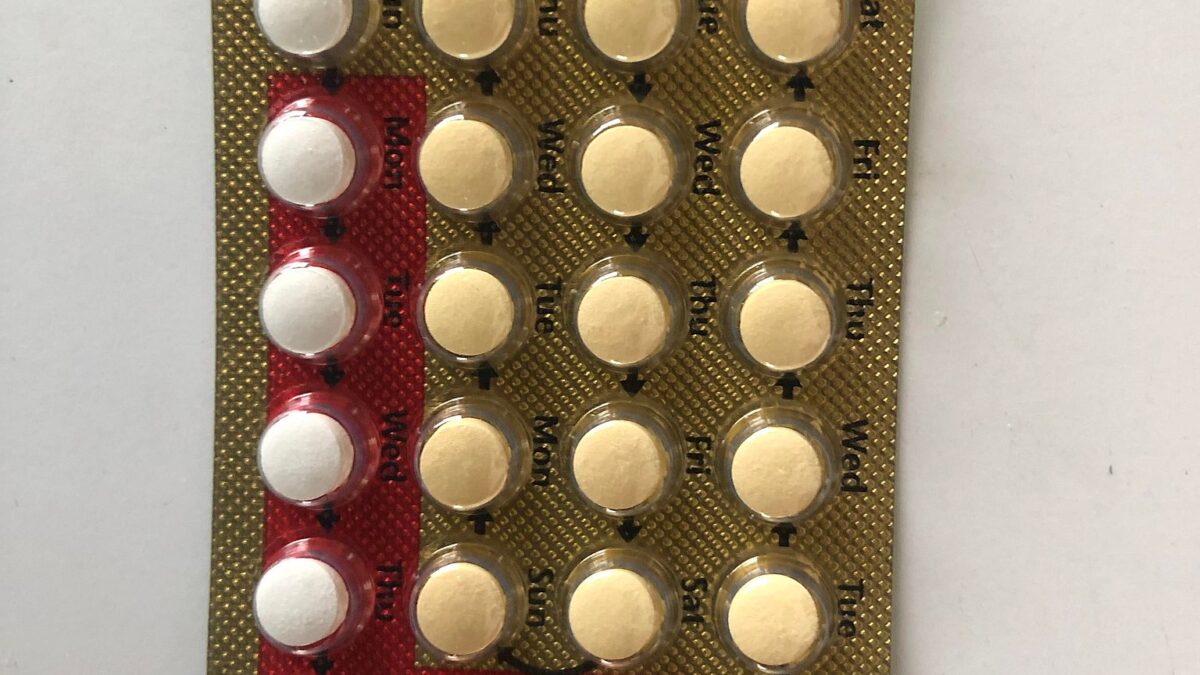WeightWatchers is cashing in on the latest weight-loss craze.
After decades of selling a broken calorie model as an obesity remedy for desperate consumers, WeightWatchers CEO Sima Sistani offered an apology in a recent interview with Oprah Winfrey.
“We introduced the shame for people for whom diet and exercise wasn’t enough,” Sistani said. The legacy weight-loss company is now encouraging members to take popular type 2 diabetes medications like Ozempic, prescribed off-label for weight management. In doing so, WeightWatchers is trying to outsource blame for obesity from gluttonous behavior to an immutable characteristic that only a pharmaceutical intervention can fix. “We want to be the first to say where we got it wrong.”
“Now, thanks to new drugs like Ozempic, Sistani is rejecting that blame-the-dieter approach in favor of the view that obesity is an illness — one her company can help cure,” reported The Wall Street Journal. “The promise that a doctor’s prescription can eliminate extra weight for good has touched off a seismic moment in global health, and compelled WeightWatchers to undergo its most radical change yet.”
By doling out prescriptions for preventable conditions, doctors have become the ultimate enablers in Western medicine. Whether prescribed antidepressants for screen- and lockdown-induced isolation or Ozempic for obesity, Americans are getting hooked on medication to solve their every problem. But how much are pharmaceutical interventions actually solving? Americans are being prescribed more drugs than ever, yet life expectancy is on a steady decline.
If ever there were a drug perfectly engineered to capitalize on obesity, the nation’s most pressing health crisis, without actually solving the problem, it would be Ozempic.
No ‘Easy Way Out’
In her interview with Sistani, Winfrey criticized Ozempic as a vehicle for patients who want an “easy way out.” The former talk show host later walked back her comments in a statement to The Wall Street Journal after WeightWatchers’ stock fell 15 percent.
“My position on the use of prescription medication was misconstrued and taken out of context,” Winfrey told the paper. “To be clear, I believe that prescription medications are an important and viable option to consider for people who struggle with weight and health related issues. Every person should be able to choose what wellness and good health means for them without scrutiny, stigma or shame.”
A closer examination of the medication, however, shows the new weight loss drugs are no way out at all. For instance, in May, The Wall Street Journal reported on Ozempic patients who quickly regained weight after they stopped taking the injections.
“That may not be ideal for patients, but for Wall Street it is a feature rather than a bug,” read the paper. No wonder WeightWatchers endorses the product: It’s just creating lifetime members.
[RELATED: Ozempic Is A Permanent Treatment To A Preventable Problem That Already Has A Cure]
Ozempic’s website merely lists nausea, diarrhea, stomach pain, vomiting, and constipation as common side effects. The injections, however, have also reportedly led to a spike in emergency room visits with patients suffering from blurred vision, pancreatitis, malnutrition, and drooping faces. A name has even been given to the latter: “Ozempic Face.”
A new study out Friday raised more concerns about the potential consequences of medications sold as a pharmaceutical escape from excess weight. Researchers examined 16 million patients over 14 years to assess the side effects of using glucagon-like peptide 1 (GLP-1) agonists, which have been approved for treating diabetes, in weight-loss drugs and found significant risks associated with pancreatitis, bowel obstruction, and gastroparesis. Another study from 2020, this one among adults who actually had type 2 diabetes, found that among users of semaglutide, 40 percent of the weight lost was muscle. In other words, Ozempic is hardly a miracle cure for weight loss.
Despite the risks, the American Academy of Pediatrics (AAP) published new guidelines on treating childhood obesity, advocating for pumping more money into the expensive temporary fix. The updated guidelines published last winter recommend children as young as 12 be put on drugs to control their weight.
[READ: Forget Playing Outside: Big Pharma’s Solution To Childhood Obesity Is More Drugs]
Kill the Calorie
There is one solution guaranteed to induce weight loss while keeping gastrointestinal organs intact, and yes, it’s diet and exercise. But it’s not the calorie-obsessed strategy promoted by WeightWatchers that’s only frustrated consumers but kept them coming back. A study from the U.S. Department of Agriculture out in March found that while Americans increased their caloric intake by 15 percent from 1977-1978 to 2017-2018, “the rise in obesity rate outpaced the increase in caloric intake.”
Tufts University Professor Dariush Mozaffarian also wrote a paper in 2022 undermining the simple caloric formula for weight loss. Analyzing “rigorously collected” data on obesity and energy consumption from the National Health and Nutrition Examination Survey (NHNES), Mozaffarian similarly found that “Americans have been eating relatively less, for their larger body sizes” over the last 20 years.
“The evidence in the United States suggests that over the last 20 [years] we are not eating more calories, nor exercising less, but are still becoming more obese,” Mozaffarian wrote. “We have not elucidated, nor consequently addressed, the underlying physiology.”
Fat storage is based on complex interactions between hormones and enzymes. Medications such as Ozempic manipulate these interactions to help patients lose weight. The drugs’ use, however, comes at the cost of optimal metabolic health. As a general rule, the body naturally disposes of excess fat when proper nutrition is paired with proper exercise.
For the past half-century, however, Americans have been led astray by dietary guidelines that recommend ultra-processed seed oils that wreak havoc on our endocrine systems over naturally occurring saturated fats. It wasn’t until last fall that the Food and Drug Administration finally proposed an update to the agency’s definition of “healthy,” to include foods such as salmon, which include higher amounts of saturated fat, over ultra-processed cereals.
Meanwhile, calories, despite their number being listed on every label, tell Americans next to nothing about the nutritional value of what they’re eating. The amount of fiber, protein, sugar, and fat in foods, combined with body chemistry, will decide how each calorie is metabolized. One hundred calories from a handful of nuts, for example, is going to be digested differently than 100 calories from a brownie. Even “zero-calorie” beverages can contribute to weight gain by triggering adverse effects on metabolism and appetite.
It’s not the number of calories making America fat. It’s what the calories are made of. America needs discipline and education to confront the crisis of obesity. Ozempic, however, is far more popular among corporate weight-loss promoters, including the modern medical establishment.









